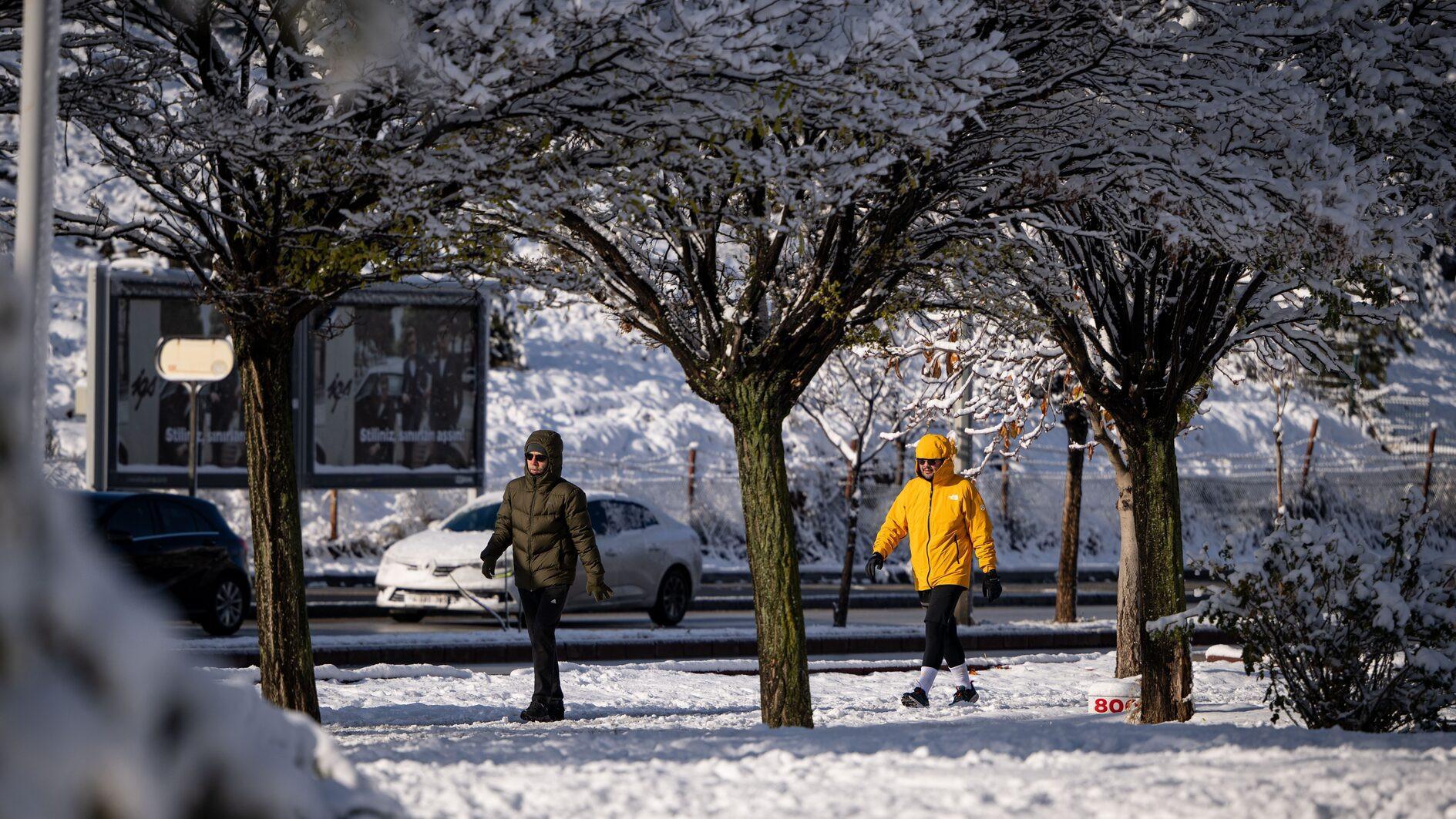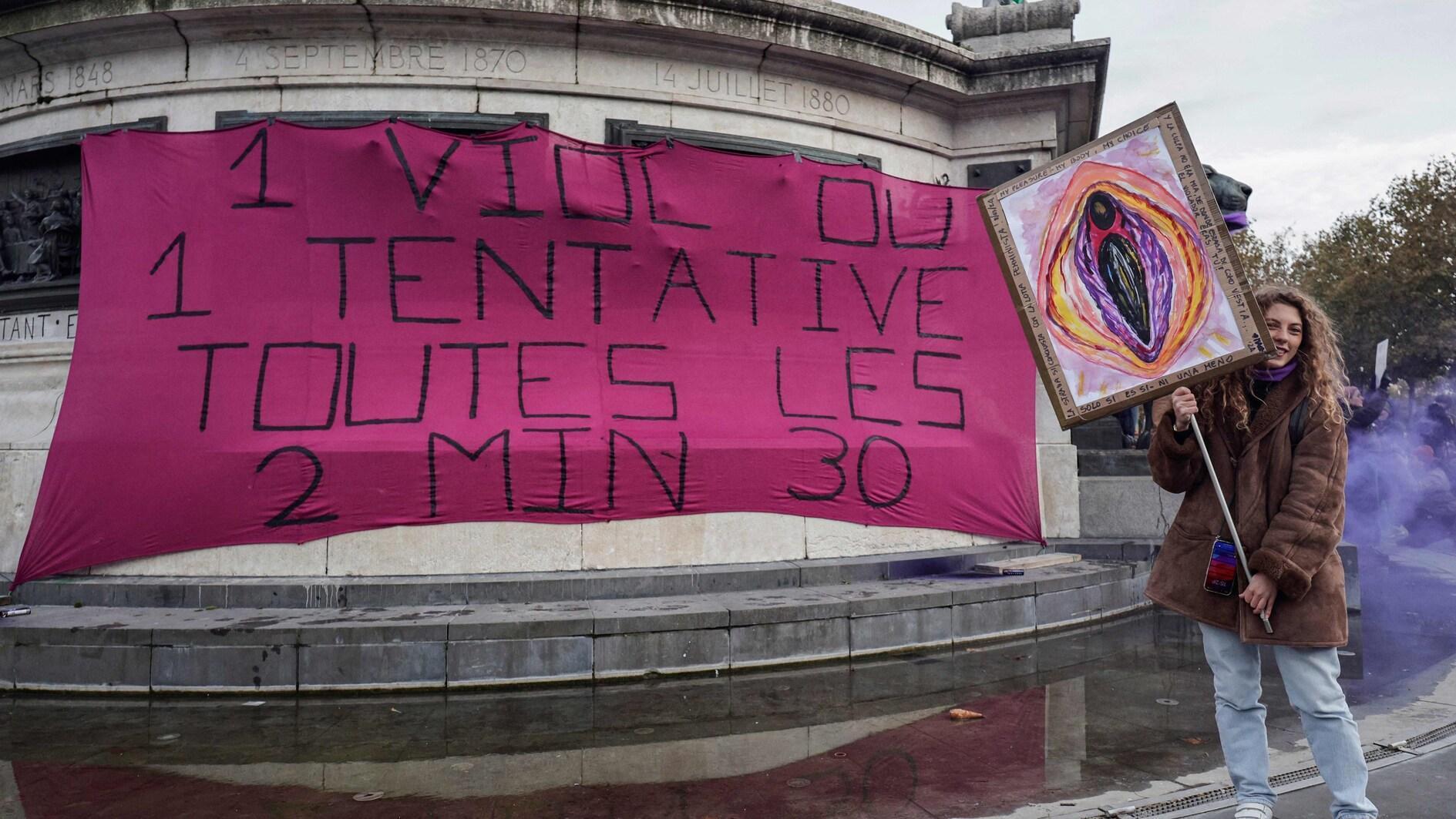Israel strikes Gaza's second largest city as war enters a brutal new phase
DEIR AL-BALAH

Israel said Tuesday that its troops had entered Gaza’s second-largest city as intensified bombardment sent streams of ambulances and cars racing to hospitals with wounded and dead Palestinians, including children, in a bloody new phase of the war.
The military said its forces were “in the heart” of Khan Younis, which has emerged as the first target in the expanded ground offensive into southern Gaza that Israel says aims to destroy Hamas. Military officials said they were engaged in the “most intense day” of battles since the ground offensive began more than five weeks ago, with heavy firefights also taking place in northern Gaza.
The assault into the south threatens to fuel a new wave of displaced Palestinians and a worsening of Gaza's humanitarian catastrophe. The U.N. said 1.87 million people — more than 80% of Gaza’s population — have been driven from their homes, and that fighting is now preventing distribution of food, water and medicine outside a tiny sliver of southern Gaza. New military evacuation orders are squeezing people into ever-smaller areas of the south.
Bombardment has grown fiercer across the territory, including areas where Palestinians are told to seek safety. In the central Gaza town of Deir al-Balah, just north of Khan Younis, a strike Tuesday destroyed a house where dozens of displaced people were sheltering. At least 34 people were killed, including at least six children, according to an Associated Press reporter at the hospital who counted the bodies.
Footage from the scene showed women screaming from an upper floor of a house shattered to a concrete shell. In the wreckage below, men pulled the limp body of a child from under a slab next to a burning car. At the nearby hospital, medics tried to resuscitate a young boy and girl, bloodied and unmoving on a stretcher.
Israel's assault in retaliation for Hamas's Oct. 7 attack has killed more than 15,890 people in Gaza — 70 percent of them women and children — with more than 42,000 wounded, according to the Health Ministry in Gaza. The ministry does not differentiate between civilian and combatant deaths. It says hundreds have been killed or wounded since a weeklong cease-fire ended Friday, and many still are trapped under rubble.
Israel says it must remove Hamas from power to prevent a repeat of the attack that ignited the war, when Hamas and other militants killed about 1,200 people, mostly civilians, and took captive some 240 men, women and children.
Prime Minister Benjamin Netanyahu said Tuesday the military would have to retain open-ended security control over the Gaza Strip long after the war ends. His comments suggested a renewed direct Israeli occupation of Gaza, something the United States says it opposes.
Netanyahu said only the Israeli military can ensure Gaza remains demilitarized. “No international force can be responsible for this,” he said at a news conference. “I’m not ready to close my eyes and accept any other arrangement.”
Under U.S. pressure to prevent further mass casualties, Israel says it is being more precise as it widens its offensive and is taking extra steps to urge civilians to evacuate out of its path. Weeks of bombardment and a ground offensive obliterated much of northern Gaza.
The military accuses Hamas of using civilians as human shields when the militants operate in dense residential areas. But Israel has not provided accounting for targeting in individual strikes, some of which have leveled entire city blocks and complexes of dozens of multi-story apartment towers.
Military Chief of Staff Herzi Halevi acknowledged that Israeli forces use heavy force against civilian structures, saying militants keep weapons in houses and buildings so fighters in civilian clothes can use them to fire on troops.
“Striking them requires significant use of fire, both to target the enemy but also to, of course, protect our forces,” he said. “Therefore the forces operate powerfully.”
Fewer places to go
After the full-scale evacuation of northern Gaza ordered by Israel early in the war, most of Gaza’s population of 2.3 million is squeezed into the 90 square miles of central and southern Gaza.
Since moving into the south, the Israeli military has ordered people out of nearly two dozen neighborhoods in and around Khan Younis. That further reduced the area where civilians can seek refuge by more than a quarter. It was not clear how many people followed the evacuation call.
“Nowhere is safe in Gaza, and there is nowhere left to go,” Lynn Hastings, the U.N. humanitarian coordinator for the Palestinian territories, said Monday. “The conditions required to deliver aid to the people of Gaza do not exist. If possible, an even more hellish scenario is about to unfold.”
For the past two days, aid distribution — mainly just supplies of flour and water — has been possible only in the city of Rafah, at the far south by the border, the U.N. said. Locations deeper inside Gaza, including Khan Younis, Deir al-Balah and northern Gaza, could not be reached because of fighting.
Dr. Nasser Bolbol, head of neonatal intensive care at the European Gaza Hospital in Khan Younis, said acute hunger was spreading, with some deaths of children from dehydration and undernourishment, after nearly two months with only limited aid entering the territory, under an Israeli seal.
“Gaza is entirely covered in death and darkness,” he said.
















